
Section
Features
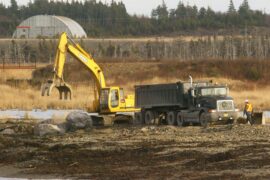
Health & Safety
March 13, 2024
March 13, 2024
Cape Breton coal mine closed by roof falls allowed to resume year-round operations

Health & Safety
March 13, 2024
March 13, 2024
Manitoba bringing back Advisory Council on Workplace Safety and Health

Health & Safety
March 11, 2024
March 11, 2024
Mental Health Commission of Canada launches new program to promote workplace psychological safety

Health & Safety
March 7, 2024
March 7, 2024
Registration now open for ProtectHer: The Women’s Safety Leadership & PPE Symposium
Advertisement
Stories continue below

Health & Safety
March 6, 2024
March 6, 2024
Crane accidents ‘a huge concern’ after fourth incident in Metro Vancouver

Compliance & Enforcement
March 5, 2024
March 5, 2024
Alberta company ordered to pay $144,000 to develop learning videos, toolbox talk resources after worker injured

Health & Safety
March 1, 2024
March 1, 2024
N.L. updates workplace safety laws for smaller employees, raises threshold to 20 or more employees

Health & Safety
February 29, 2024
February 29, 2024
A message worth repeating: Take action to prevent RSIs
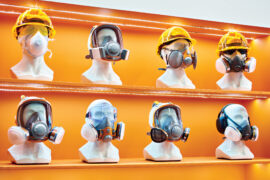
February 28, 2024
Q&A with Candace Sellar of CSA Group: Navigating the world of respiratory protection
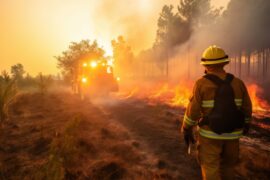
Health & Safety
February 26, 2024
February 26, 2024
Forest firefighters in Ontario call out Ford government’s ‘complete disregard’ for their health and safety

February 21, 2024
Hard hats, hard choices: Head protection works, but only if worn properly

Health & Safety
February 16, 2024
February 16, 2024
The use of augmented reality in health and safety training: Lisa McGuire

Health & Safety
February 14, 2024
February 14, 2024
Opioids in the Workplace: Warning signs and how to respond to a poisoning
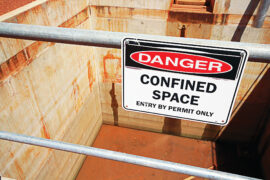
Compliance & Enforcement
February 12, 2024
February 12, 2024
Supervisor in New Brunswick convicted of OHS criminal negligence: Norm Keith
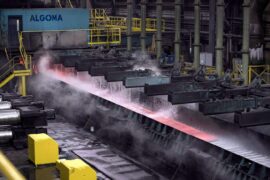
Health & Safety
February 9, 2024
February 9, 2024
Algoma Steel says five workers sent to hospital after casthouse incident

Health & Safety
February 8, 2024
February 8, 2024
Nominations now open for 2024 OHS Honours: Celebrating excellence in workplace safety

Health & Safety
February 7, 2024
February 7, 2024
‘Unprecedented public health crisis’: Pioneering research studies links between workplaces, opioid harms

Human Resources
February 5, 2024
February 5, 2024
Skating towards change: Sheldon Kennedy’s mission to bodycheck workplace mental health

Health & Safety
February 2, 2024
February 2, 2024
What every small business needs to know about keeping workers safe and healthy

Health & Safety
February 1, 2024